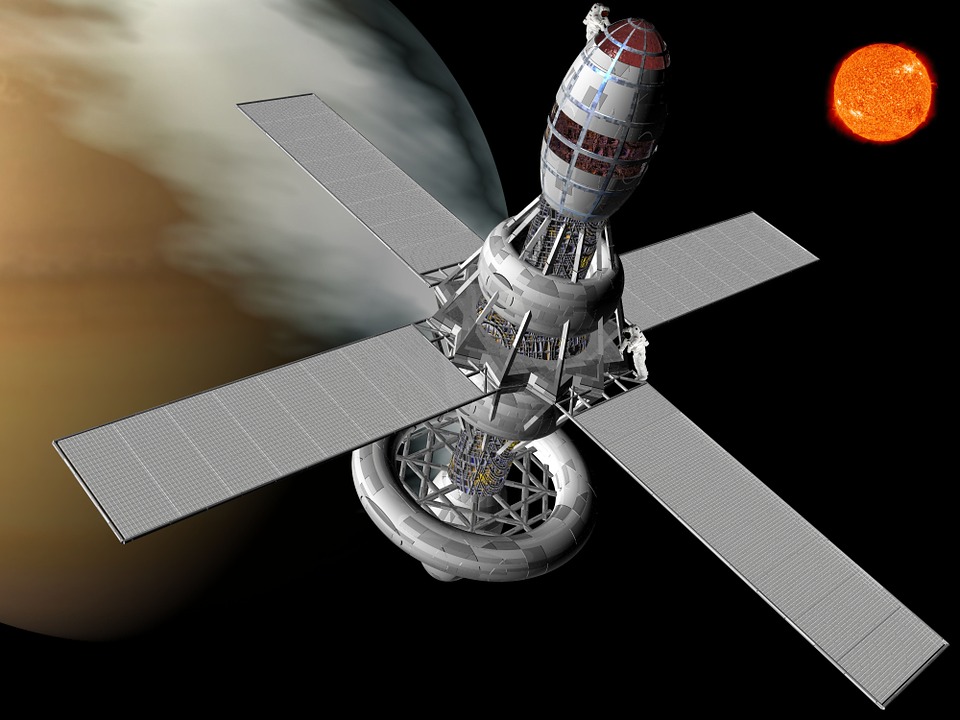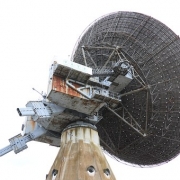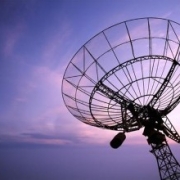Dual-polarization antenna downdip technology
At present, in the construction and maintenance of GSM network, how to solve the capacity and interference problems in the area with high traffic density of GSM network, improve the connection rate of the whole network, reduce the drop rate and improve the call quality has become the focus and difficulty of recent work. Adopting appropriate antenna technology will be one of the methods that can effectively control coverage, reduce the interference of the same frequency and improve the reception effect of mobile phone signals.

I. dual-polarization antenna technology
Dual-polarization antenna is a new antenna technology, combining the +45o and -45o two pairs of polarization direction orthogonal antenna, while working in the transceiving duplex mode, each cell only needs a pair of dual-polarization antenna. When the omnidirectional cell splits into three subdivisions, only one antenna is added at most (the original omnidirectional cell had two antennas in duplex mode). And traditional literal antenna, when omnidirectional area was divided into three small area to flourish antenna (even in duplex mode at least 4 more pair), because the antenna (RX and TX, TX – TX) between the isolation (30 dB or higher) and space diversity antenna horizontal and vertical distance between the two, then must expand the installation of the antenna platform, increased infrastructure investment. Dual polarization antenna, plus or minus 45 ° polarization orthogonality can guarantee + 45 ° and 45 ° the isolation between the two antennas satisfies the requirement of intermodulation of isolation between antennas (30 dB) or higher, the space between the dual-polarized antenna spacing just 20 ~ 30 cm, so mobile base station can don’t have to build the tower, only need to build another pillar of iron 20 cm in diameter, will cover the corresponding dual-polarized antenna direction can be fixed on the iron pole. Especially in site selection, if the traditional single-polarization antenna is used, the erection and installation of the antenna must be considered, and the optimal site is often abandoned because of the erection and installation conditions of the antenna (the tower expansion antenna platform is needed) are not available. If the dual-polarization antenna is used, due to the low requirements on the erection and installation of the dual-polarization antenna, there is no need for land acquisition and tower construction, saving capital investment and making the base station layout more reasonable. The dual-polarization antenna allows the system to adopt polarization diversity reception technology. The principle is to take advantage of the irrelevance between the polarization directions of ±45°, and the irrelevance between them determines the quality of diversity reception. Since ±45° is orthogonal polarization, diversity reception can be effectively guaranteed. Its polarization diversity gain is about 5dB, which is about 2dB higher than the spatial diversity usually adopted by the single-polarization antenna. Also, the spatial diversity reception effect of the single-polarization antenna is related to the position of the two receiving antennas. The positive direction of antenna coverage is the best, which gradually weakens both sides, leading to the reduction of the actual coverage area of the cell. Using polarization diversity instead of spatial diversity technology, diversity gain has little relationship with the antenna position, and the difference between the main direction of coverage and the edge is very small (the difference is caused by the deterioration of ±45° orthogonal effect caused by the width of the reflecting surface), so the receiving effect at the edge can be effectively improved to ensure the coverage range.
Directional chart downdip technique
To keep the signal within the coverage of service cell and reduce the interference to another same frequency cell, antenna vertical directional graph downdip is a relatively effective antenna technology. Its function can make the coverage area smaller, strengthen the signal strength in this coverage area, increase the ability to resist the interference of the same frequency, and make the antenna gain in the direction of interference drop, and reduce the interference of other cells of the same frequency. Selecting a proper dip Angle can make the ray between the antenna and the boundary of the local cell and the ray between the antenna and the boundary of the interfered cell be in the part with the greatest chance of gain attenuation in the vertical graph, so as to minimize the interference of the same frequency of the interfered cell. Usually, the antenna vertical directional graph is down tilted using mechanical downtilt and electronic downhill.
Mechanical downdip is a physical downward tilt of the antenna. Although the same frequency interference can be reduced by using this technology, due to the use of physical downdip, its construction and maintenance are very troublesome, and its tilt Angle adjustment accuracy is low (step accuracy is 1°). Also, as the downdip Angle is the theoretical value of the simulation software, there is a certain deviation from the theoretical optimal value. In the network adjustment, the base station system must be shut down first, the adjustment effect cannot be monitored simultaneously in the adjustment antenna, and fine adjustment to the network is impossible.
The electron downdip is to change the phase of the collinear array antenna oscillator, change the amplitude of the vertical and horizontal components, change the intensity of the composite component field so that the antenna vertical directional figure downdip. As the field intensity in all directions of the antenna increases and decreases at the same time, the antenna pattern changes little after changing the dip Angle, so that the coverage distance of the main lobe direction is shortened, and at the same time, the coverage area of the whole directional diagram in the service area sector is reduced without interference. The adjustable electronic downdip antenna allows the system to adjust the dip Angle of the vertical directional graph without stopping the machine, to monitor the effect of the adjustment in real-time. The stepping accuracy of the dip Angle adjustment is also high (0.1°), so the network can be finely adjusted.

When the antenna tilts down, the signal strength of the edge area is decreased due to the deviation from the main lobe of the antenna, which can be compensated by reasonably increasing the power of the transmitter.
At present, user complaints in the mobile network are concentrated in high-density traffic areas. The low connection rate and high call loss rate reflect the insufficient capacity and same-frequency interference in high-traffic areas. However, the downward tilt Angle of the antenna should be appropriate. If the tilt angle is too large, the antenna pattern will be seriously distorted. To control the coverage area and reduce the interference of the same frequency, it is counterproductive. The dip Angle is too small to be useful. Therefore, it is difficult to solve the problems of low connection rate and high drop rate in high traffic areas by using mechanical downdip mode. Only by adopting adjustable electronic downdip antenna technology can the problems in high traffic areas be solved.
Three, the conclusion
This paper analyzes the influence of the dual-polarization antenna and its directional graph downdip technology on the network. Compared with traditional single-polarization antenna, the dual-polarization antenna has the advantages of saving the number of antennas, reducing infrastructure investment, low site requirements and high reception diversity gain. Electronic downdip technology has higher accuracy than mechanical downdip technology. At the same time, adjustable electronic downdip technology can monitor and adjust the wireless network coverage in real-time, making the wireless network finer, which can effectively control the wireless coverage, strengthen the signal of service community, and reduce the interference of the same frequency. Therefore, in the future application of antenna technology, in the high-traffic areas such as the base station density, the dual-polarization antenna, and adjustable electronic down-dip technology should be adopted as far as possible. In the areas where the traffic volume is not high, the base station is not dense and the coverage area is only required, the traditional single-polarization antenna and mechanical down-dip technology can still be used.
At present, in the construction and maintenance of GSM network, how to solve the capacity and interference problems in the area with high traffic density of GSM network, improve the connection rate of the whole network, reduce the drop rate and improve the call quality has become the focus and difficulty of recent work. Adopting appropriate antenna technology will be one of the methods that can effectively control coverage, reduce the interference of the same frequency and improve the reception effect of mobile phone signals.
Huangjie communication GSM antenna, wifi antenna, UHF antenna, VHF antenna, TV antenna, electronic connector production line introduced Japan, Taiwan high-end production equipment, to ensure that the product has stable, excellent quality. The company’s production equipment includes injection molding equipment, metal stamping equipment, automatic assembly equipment, mold manufacturing equipment, RF stripping equipment and quality inspection equipment. We have advanced technology research and development and manufacturing capabilities, can customize products according to customer needs, and adjust and improve production efficiency. Ensure the stable, accurate delivery date and rapid sample confirmation.
From:http://www.hj-antenna.com/dual-polarization-antenna-downdip-technology/










Leave a Reply
Want to join the discussion?Feel free to contribute!